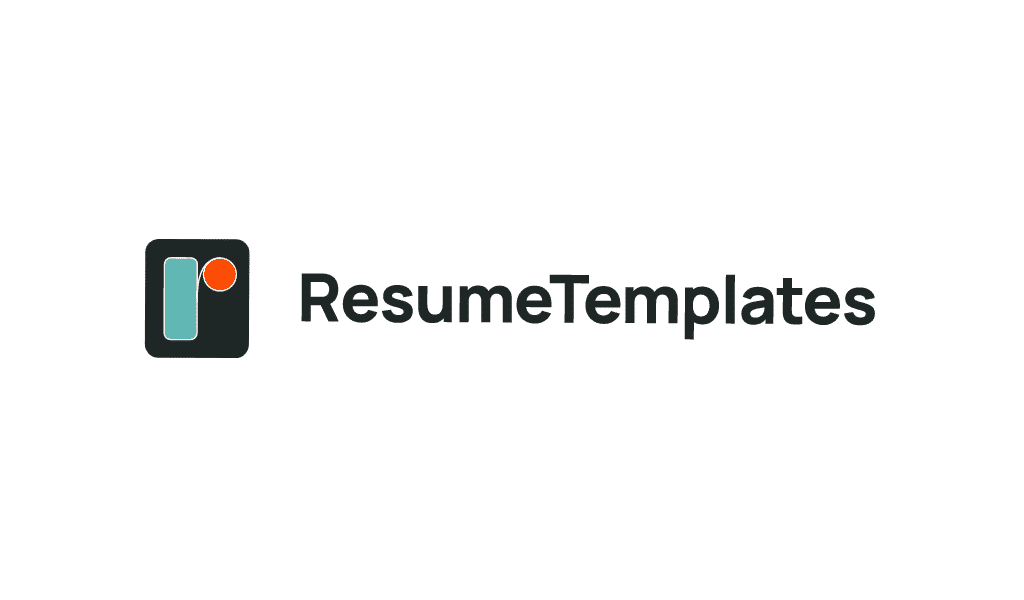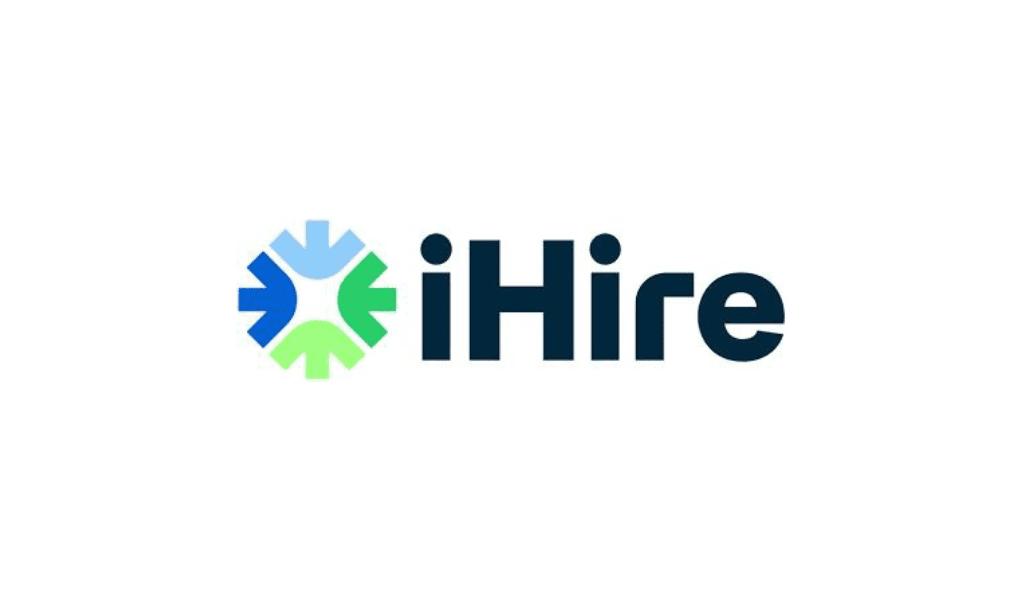Slingshot, the work management platform from software company Infragistics has released the first part of its 2024 Digital Work Trends Report. The second annual report reveals a disconnect between the managerial expectations of AI in the workplace and how employees are using AI in their day-to-day work. While employers have implemented AI to support employees’ initial research for tasks and projects (62%), help employees manage their workflow (58%), and analyze data (55%), nearly two-thirds of employees (63%) are instead primarily leveraging AI to double check their work.
“The workplace continues to undergo a rapid transformation as we now see more employers implementing AI tools into their businesses to drive efficiencies and increase productivity,” says Dean Guida, founder of Slingshot. “While employers have specific intentions for AI in the workplace, it’s clear that they’re not aligned with employees’ current use of AI. Much of this comes down to employees’ training and education around AI tools.”
The report reveals that only 23% of employees feel completely educated and trained on AI. And while 72% of employers say their employees are at least adequately trained on AI, only 53% of employees believe they are. There’s also a significant difference between genders with AI training: two-thirds (66%) of males feel they are adequately trained on AI, while only 44% of females say the same.
Additional findings of the report include the following.
- Employers believe AI is driving more productivity than employees are experiencing. While more than half (60%) of employers feel that AI is significantly increasing productivity, only 44% of employees say they’re seeing an increase in their productivity with AI, while 10% say that AI is not increasing productivity at all.
- Most employees are getting at least one to two hours back in their workday with AI. Approximately 79% of employees say that AI saves them one to two hours a day, with 37% of employees saving up to three or four hours using AI tools. With the extra time in their workday, 63% of employees are reducing their overload of work to complete tasks in a timely manner, and 54% are using the time to reprioritize and manage their workload for efficiently,
- Many employers say their company’s data is not ready to support AI. Nearly half (45%) of employers say they haven’t yet implemented AI because their company’s data—or information that tracks performance, process, people, and profitability—is not ready. For many companies, this means their data is siloed across departments, platforms, and channels, and without centralized data, AI cannot run.
“AI has the potential to change the way teams work by allowing them to trade in highly repetitive, mundane tasks for more high-level, strategic projects,” says Guida. “But the only way to unlock AI’s full potential is to properly prepare employees and companies’ overall operations. Employers and employees are certainly on their way, but there’s still a lot more to be done, starting with centralizing data, increasing education around AI, and reskilling and upskilling employees through continued training.”

















